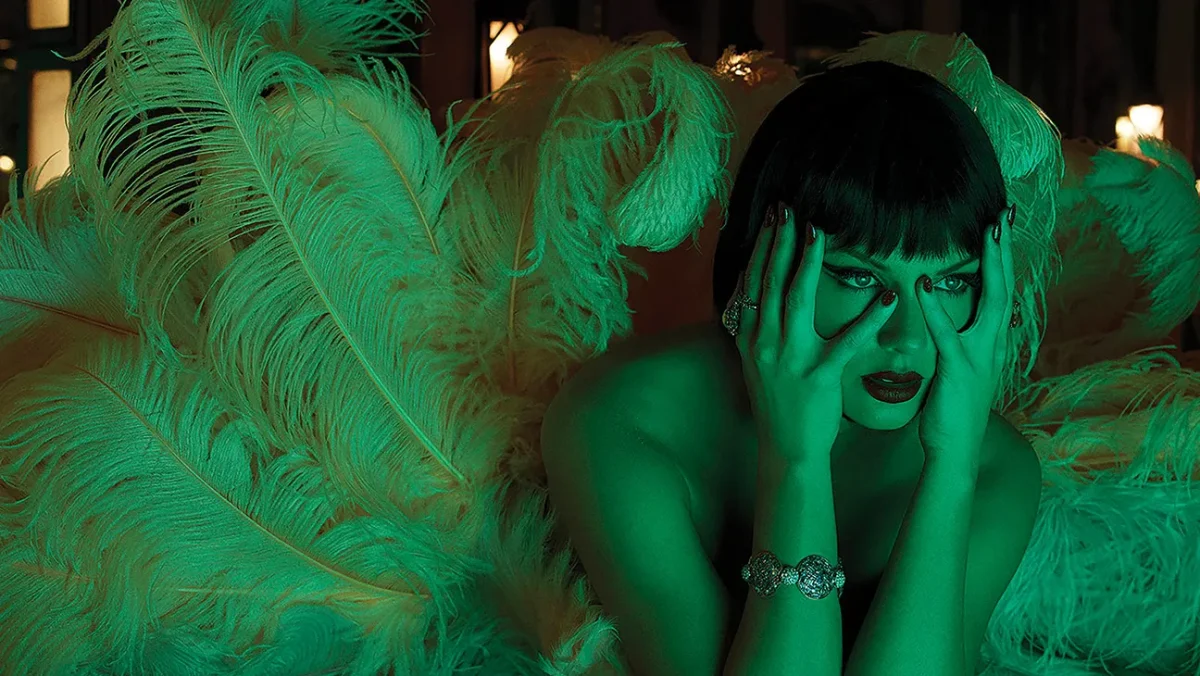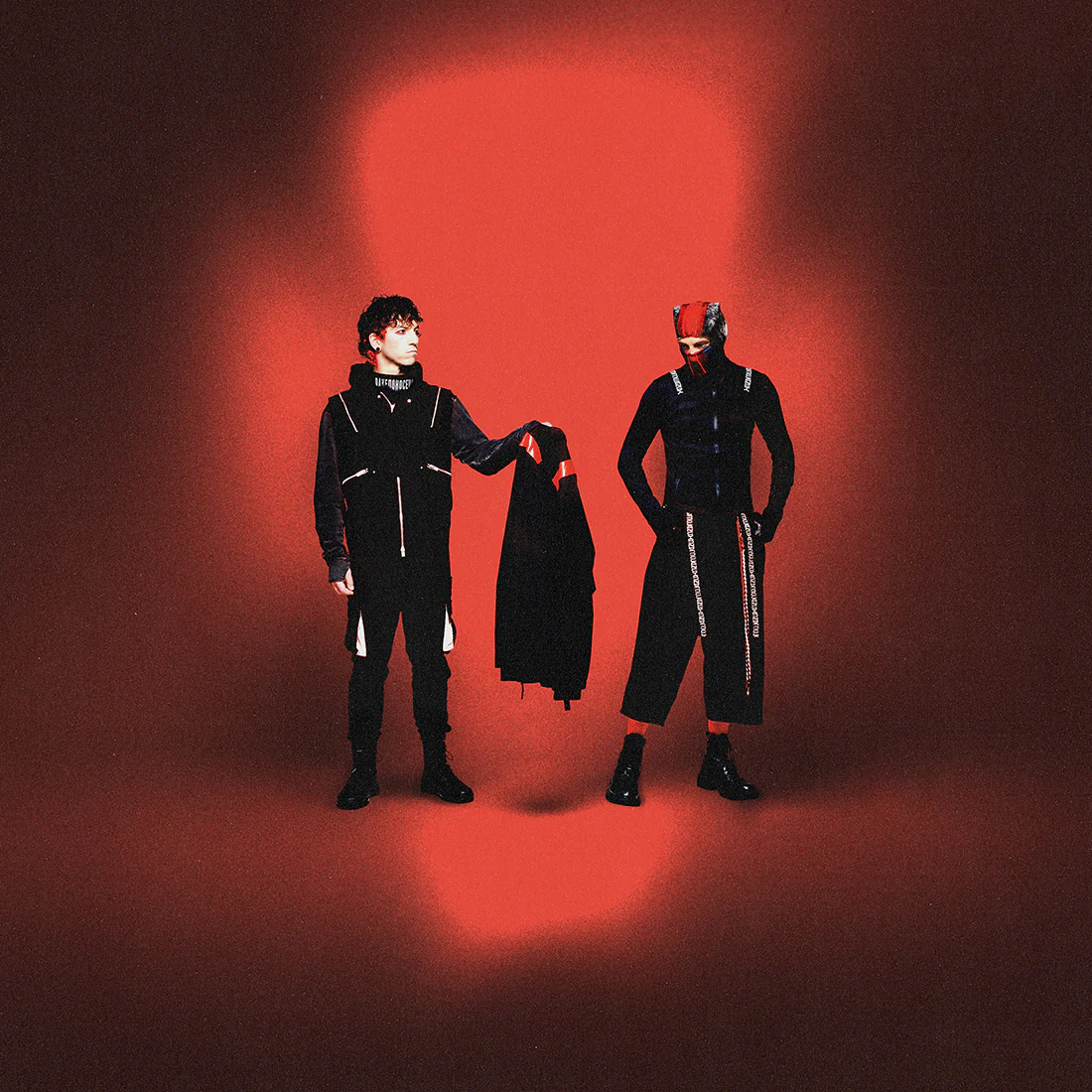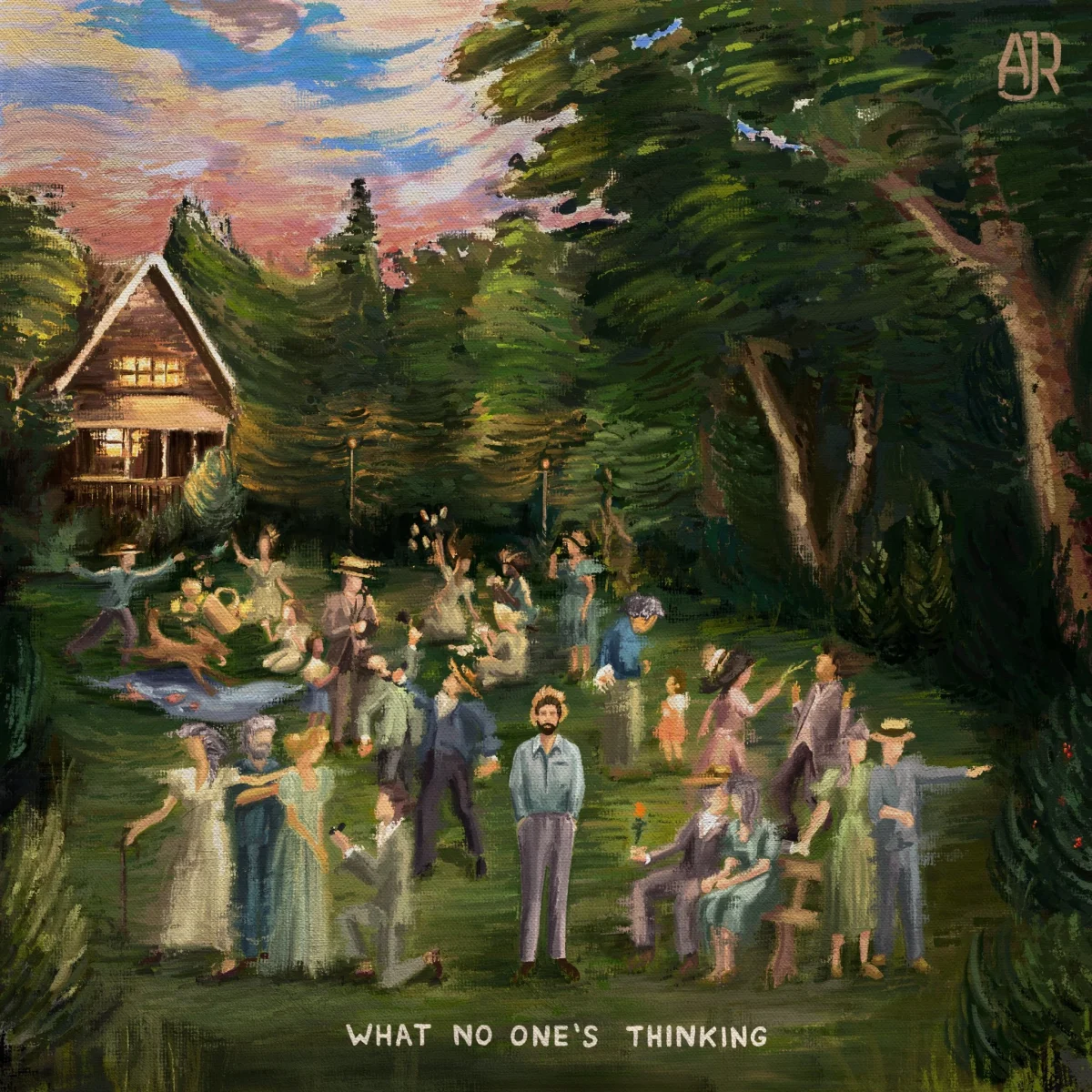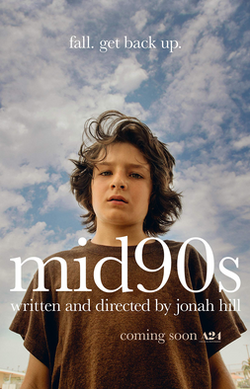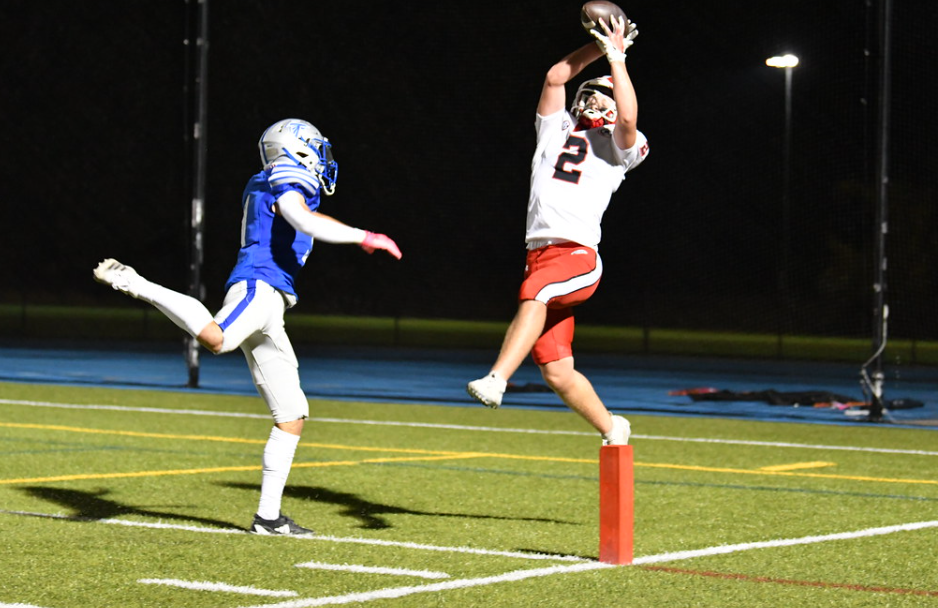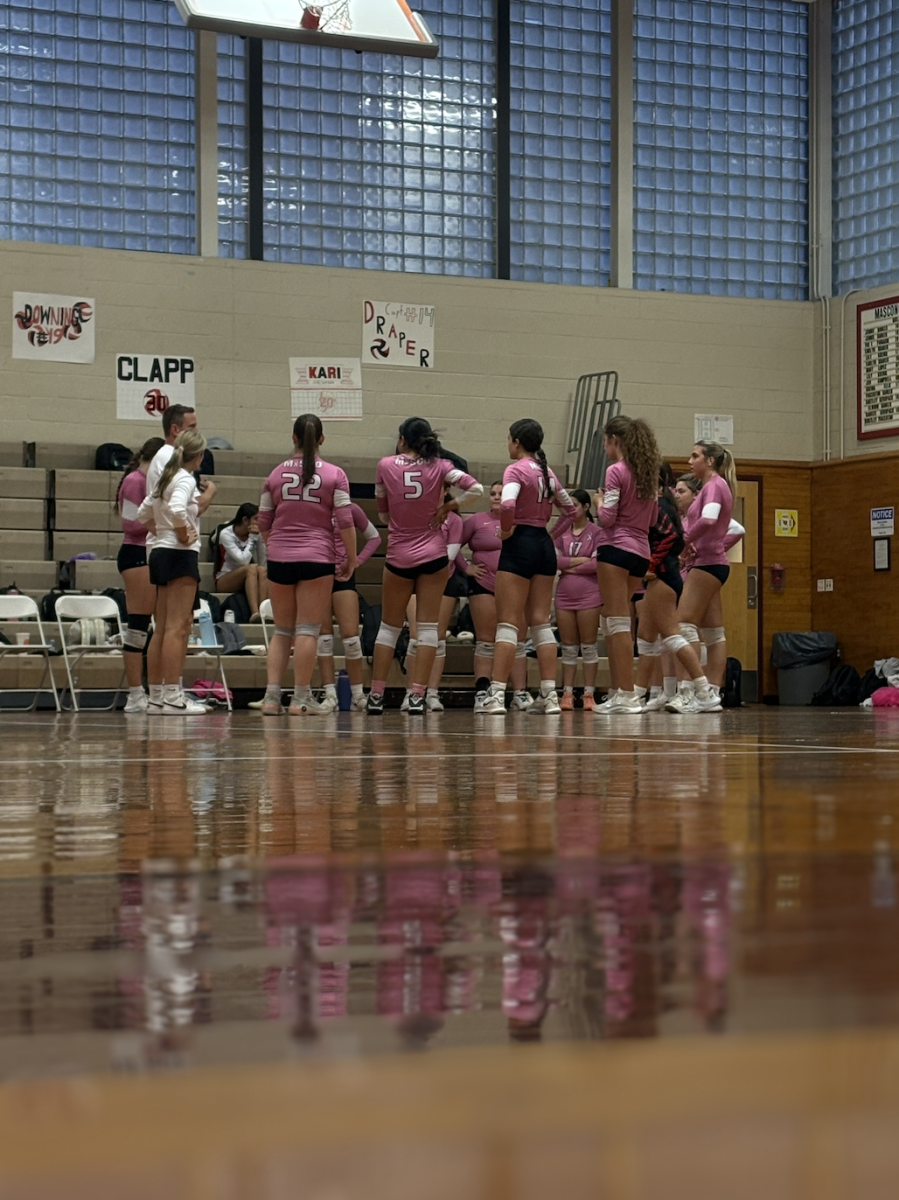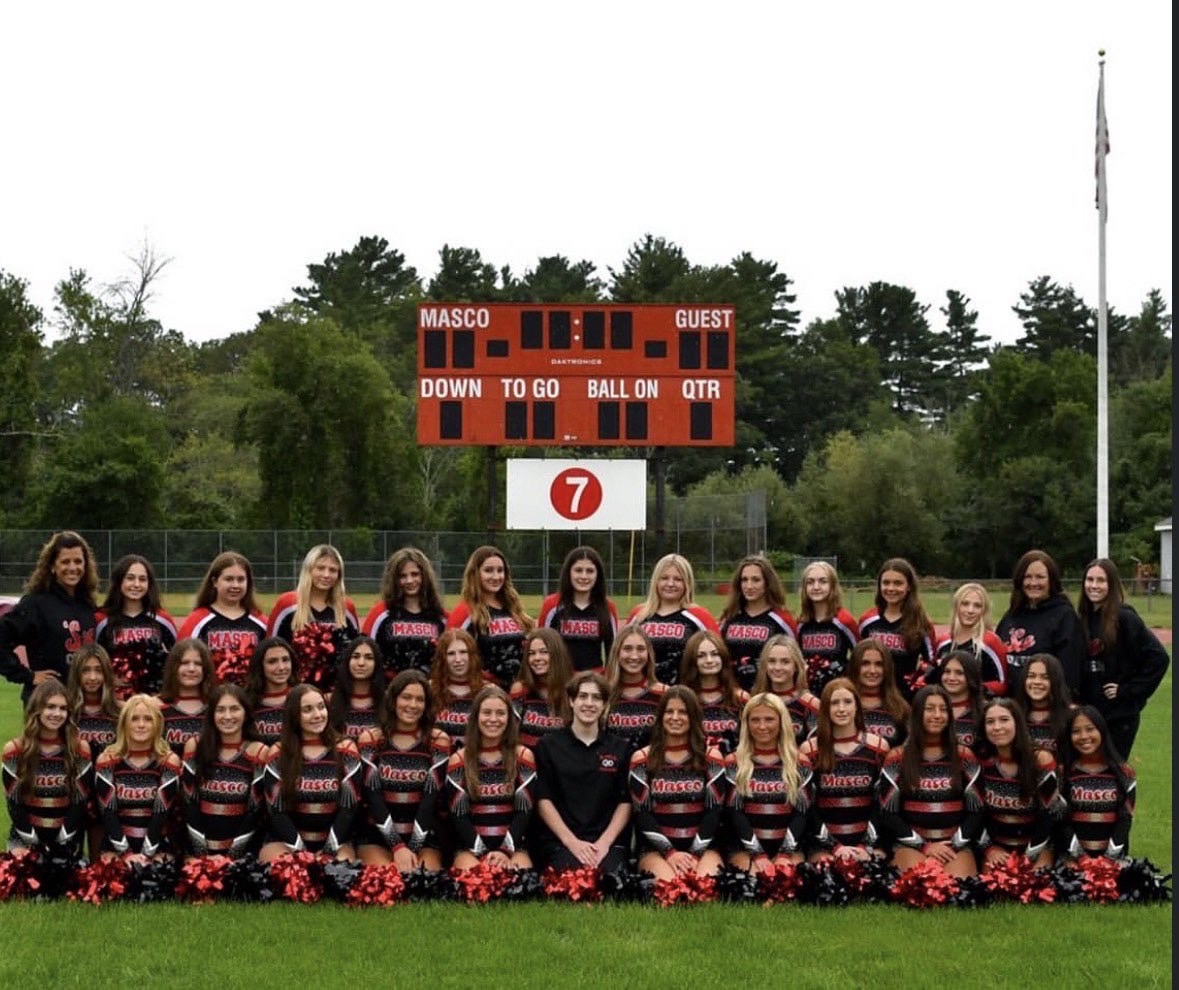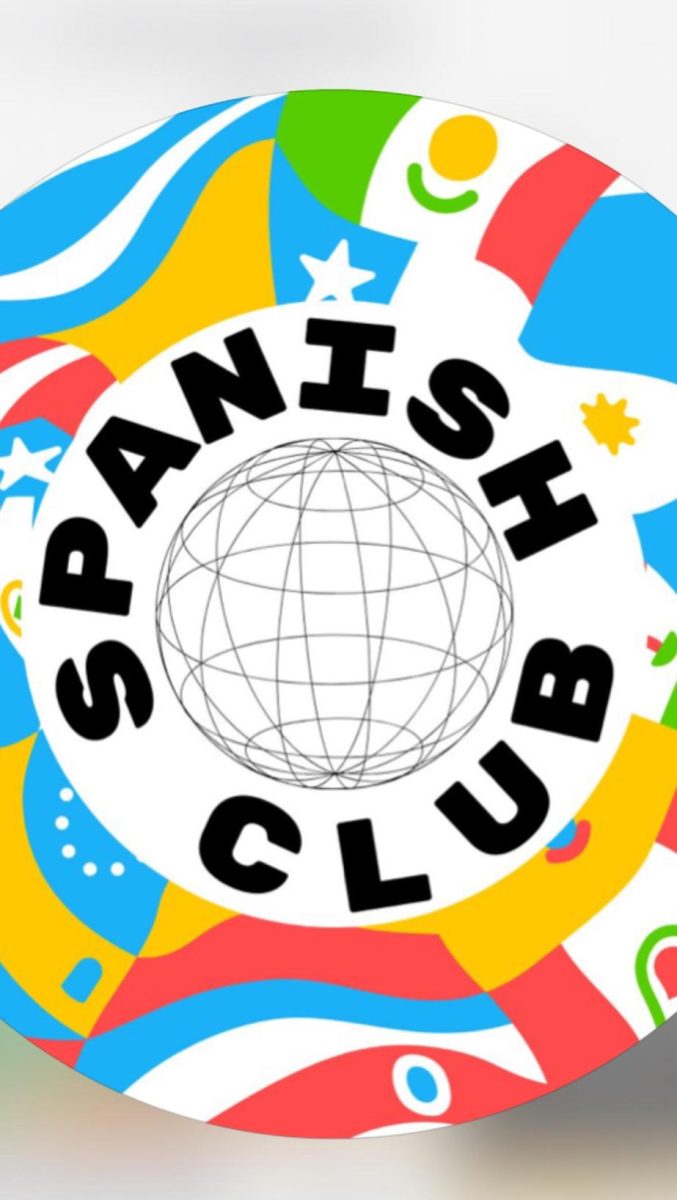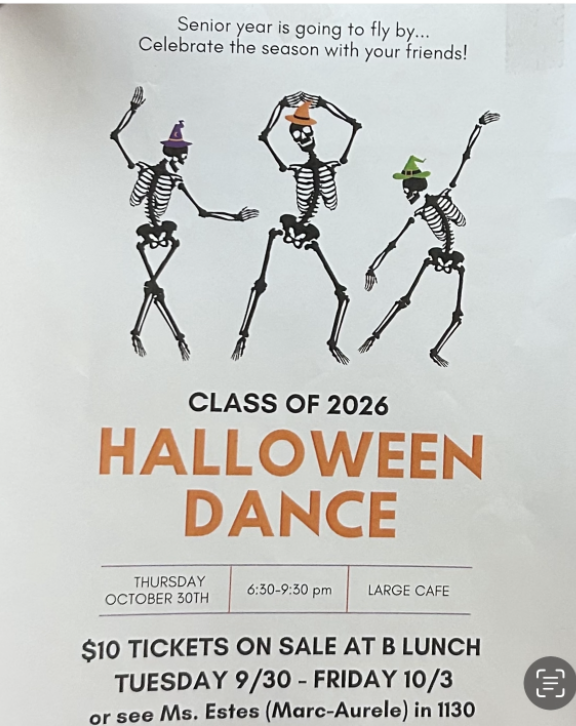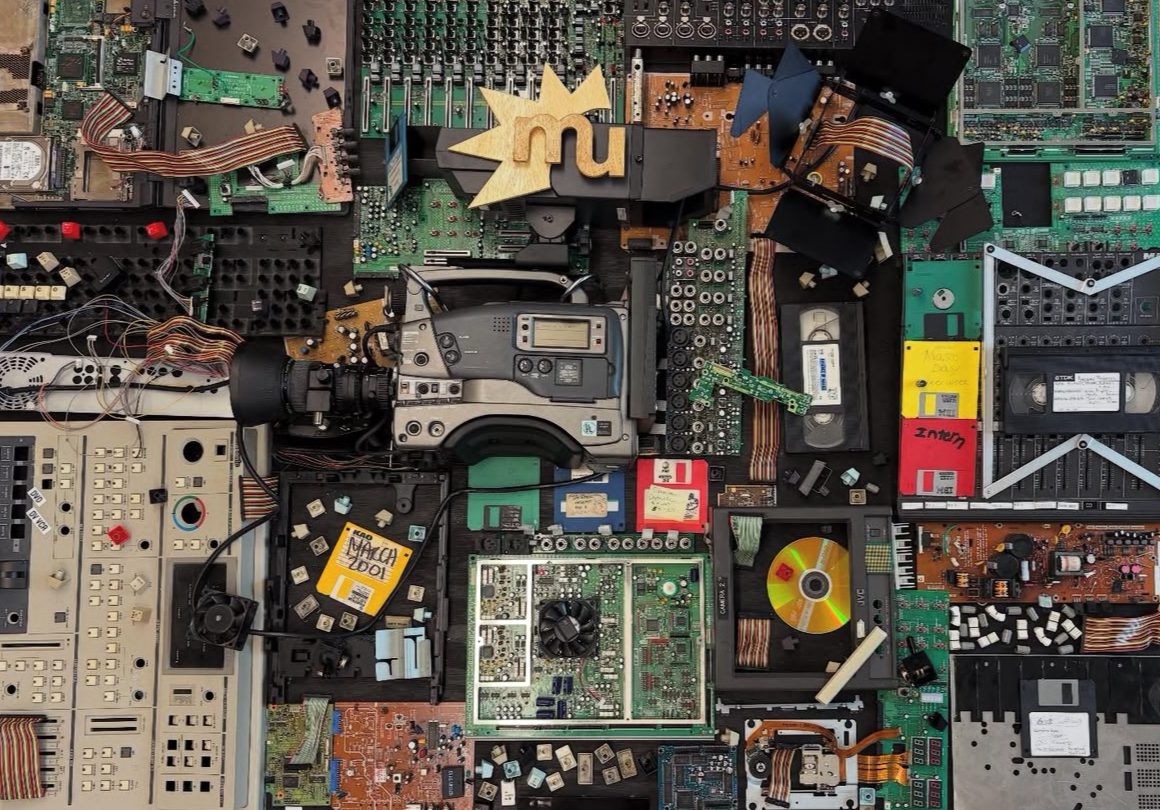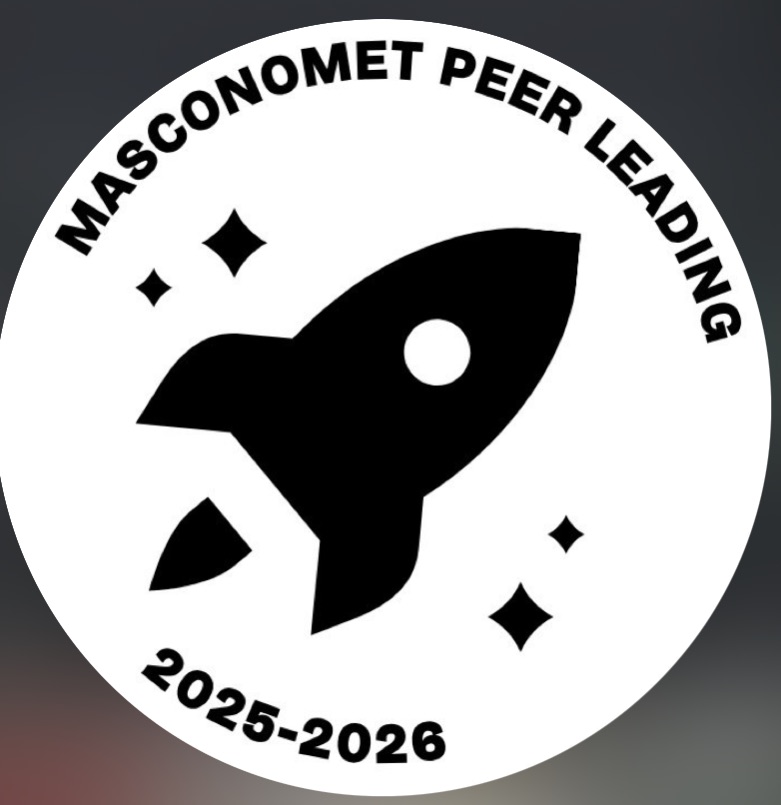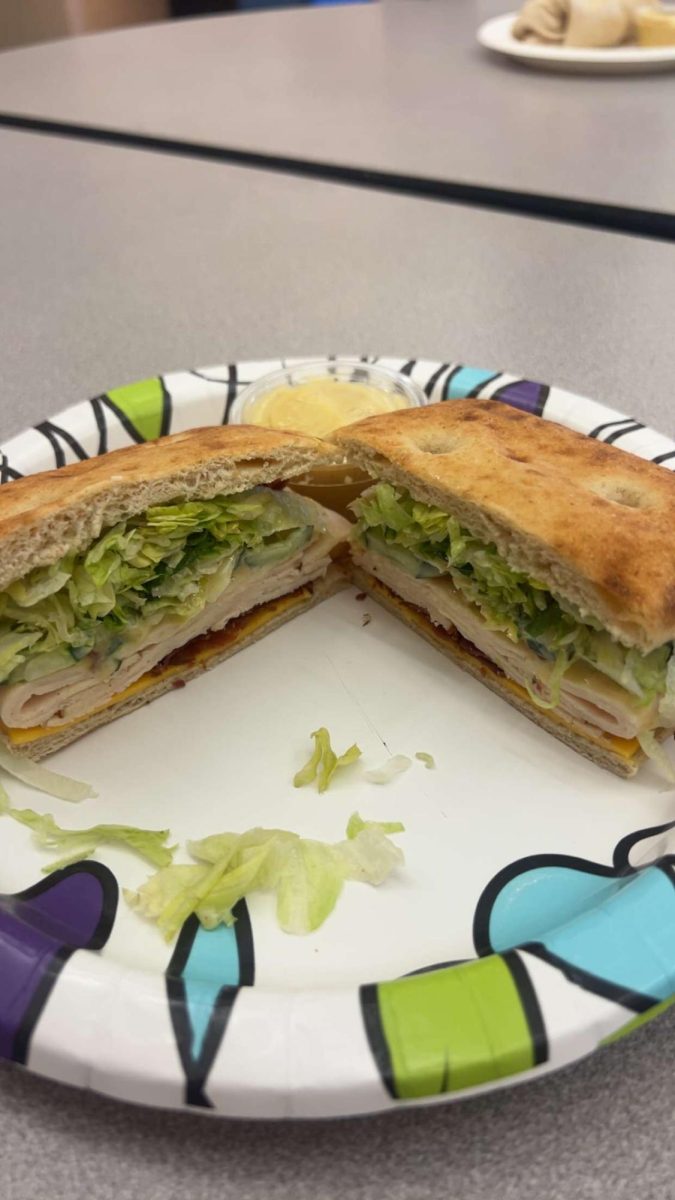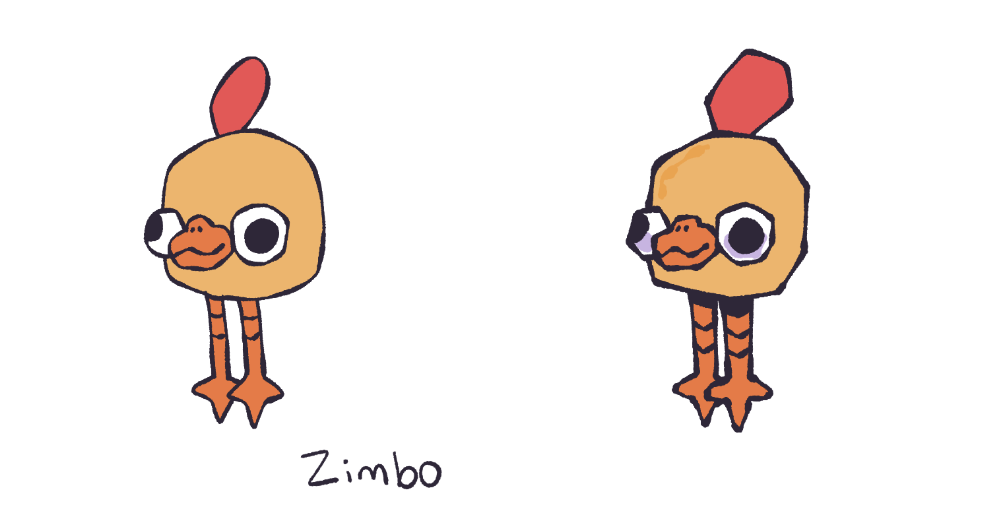Every artist has a unique style. Even if some styles look similar on the surface, each one carries its own distinct voice, like a fingerprint. Interestingly, even people who don’t consider themselves artists still have a style in how they doodle, sketch, or express ideas visually.
That said, developing a personal art style is something many people struggle with. It doesn’t appear overnight; it takes time, experimentation, and a lot of trial and error before something starts to feel “right.”
The first step in discovering your own style is drawing inspiration from others. Look at the work of artists you admire and ask yourself what specifically you like about their art. How do they use line weight? Are their designs softer and rounded, or sharp and angular? What colors do they lean toward?
Pull elements from many different sources, not to copy, but to use as a jumping-off point. For example, my own inspirations include early Nickelodeon and Cartoon Network shows, as well as low-poly 3D models from old video games.
From those influences, I created something I call Ponderwogs: small creatures designed from random objects, animals, abstract concepts, or even just basic shapes. I challenged myself to draw at least one Ponderwog a day and kept that up for almost a year.
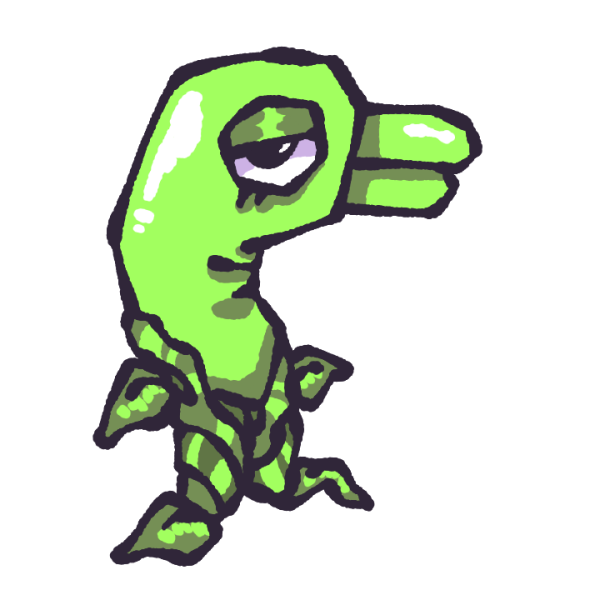
Over time, my style naturally evolved. My lines became bolder and more angular. The low-poly, geometric inspiration started to show more clearly in the way I shaped my characters. I even went back to redraw older Ponderwogs, updating them to fit my new style.
This simple but consistent exercise helped me develop a style that now feels truly my own: wobbly, geometric, colorful characters with strong silhouettes. It also gave me a full library of creatures I can use for future projects, whether it’s games, animations, or just personal art.
Most importantly, it was fun. I became a better artist by exploring design every day, and I believe anyone can benefit from a similar challenge.
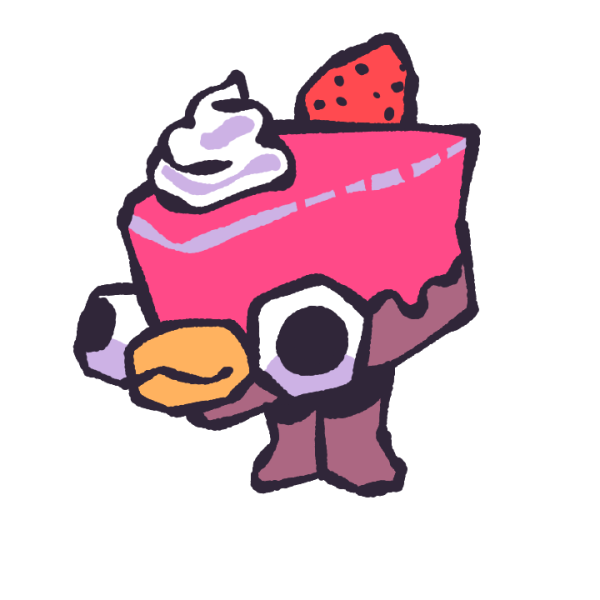
Whether you’re just starting out or have been drawing for years, I highly recommend coming up with your own version of the Ponderwogs. It’s a fun, low-pressure way to develop your art style, improve your design skills, and surprise yourself with what you can create.

